Exercising is essential for every individual to maintain flexibility and mobility in life. For those who have limited mobility, starting and maintaining an exercise routine might be difficult. People who experience physical limitations because of a variety of factors, such as an injury, disease, weight issues, or any other impairment, are referred to as having limited ability. Exercise can be difficult while coping with such physical limitations, but it doesn’t imply you can’t exercise effectively. Regardless of your age or physical condition, there are several exercises that you can do.
People with limited mobility just not only face physical limitations but also experience emotional barriers. This may be made worse if a person has a specific physical impairment or injury. They avoid exercising because of their dread of falling or suffering another form of damage. The first thing you must do is to overcome those past emotional obstacles. Instead of mourning about your circumstances, you should concentrate on your skills. However, sedentary lifestyles have equally substantial health hazards, including depression, weight gain, and heart disease. This blog will cover the kind of exercises that are appropriate for those with limited mobility, as well as their significance and how to prepare for them.
What Kinds of Exercises Can Someone Do with Limited Mobility?
To reap the health advantages of exercise, full mobility is not necessary. There are numerous methods to exercise and enhance your overall health and lift your mood, even if your movement has been restricted by an illness, injury, or disability. Here are some alternative exercises that you might want to consider including in your daily regimen. However, you should always speak with your healthcare provider before beginning any exercise program about any potential side effects.
1. Cardiovascular Exercises

Walking, cycling, dancing, and swimming are all types of cardiovascular exercises. These exercises are important for improving cardiovascular health, increasing endurance, and burning calories. For people with limited mobility, there are many options available that can be done safely and effectively. Stationary bikes or hand cycles can provide a low-impact form of cardio, while water aerobics can be a great way to get a full-body workout without putting too much stress on the joints. You can still engage in some cardiovascular activities despite being restricted to a wheelchair. By making your heart beat faster, these cardio exercises help in increasing your respiratory rate.
2. Strength Training Exercises

Strength training exercises help to build and maintain muscle mass, which can help to support joints and improve overall functional abilities. People with limited mobility can perform modified versions of traditional strength training exercises, or use resistance bands or weight machines that support them. Strength training exercises can also be done while sitting or lying down, making them accessible to people with limited mobility. If you have limited mobility in your legs you can focus on your upper body strength and vice-versa, it will help in improving your core strength and overall health. Common examples of strength training exercises include weight lifting, resistance bands, pushups, etc.
3. Flexibility Exercises
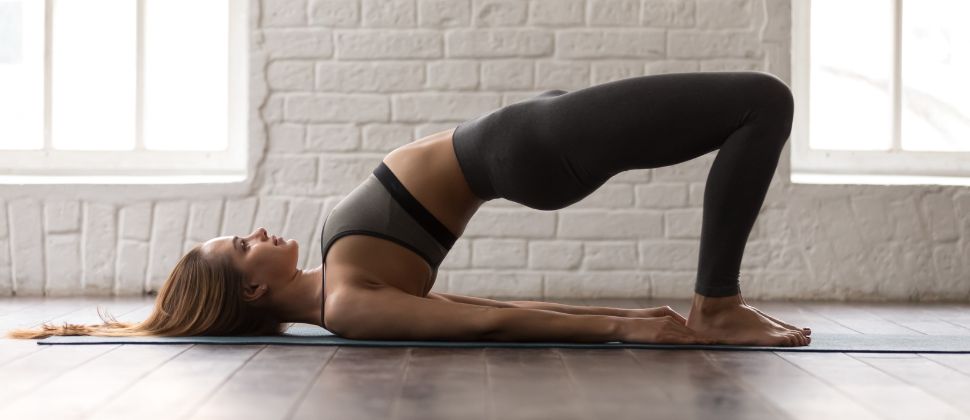
Flexibility exercises are important for maintaining joint health, improving range of motion, and reducing the risk of injury. People with limited mobility may benefit from Tai chi, chair yoga, gentle stretches, and modified yoga poses that can be performed while seated. Stretching exercises can also be modified for people with limited mobility. These flexibility exercises aid in stiffness and pain by improving blood circulation. Additionally, it also helps in preventing the risk of muscle atrophy.
4. Isometric Exercises
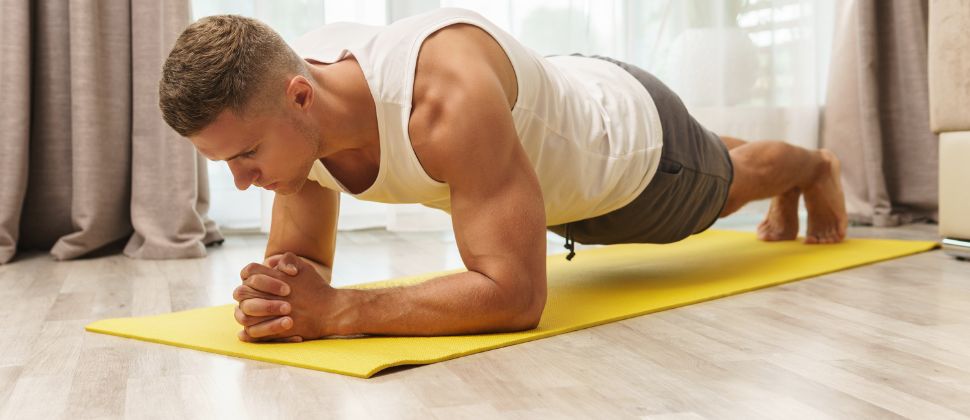
Isometric exercise is considered appropriate for people who suffer limited mobility due to any disability, illness, or injury. Isometric exercises involve contracting muscles without movement, which can help to build strength and improve muscle tone. Isometric exercises isolate a certain area of the body and work on a single muscle group while the body is stationary. These exercises can be done while sitting or lying down, which makes it ideal for people with limited mobility. Examples of isometric exercises include wall push-ups, plank holds, and squeezing a ball or towel between the knees. These workouts are also simpler to perform and don’t need any extra equipment.
5. Electrical Muscle Stimulation

Electrical muscle stimulation is a technique that involves using a device to send electrical impulses to muscles, causing them to contract and relax. Under this technique, electrodes are attached to the skin over the muscles which produces an electrical current. A battery delivers this current to the muscles, which further results in the contraction of muscles. This electric muscle builder can be helpful for people with limited mobility because it can help to strengthen muscles without movement. This method can be used to target specific muscle groups and can be done while sitting or lying down. Similar to how exercise stimulates the heart and lungs, electrical muscle stimulation can do the same. Electrical muscle stimulation can boost blood flow and muscle mass if you have lost muscle due to an injury or sickness.
6. Exercise in Water

Water exercises can be a great way to get a full-body workout without putting too much stress on the joints. It is simpler for people with limited mobility to exercise in water. Swimming, water aerobics, and other water-based activities can be great for people with limited mobility because they provide resistance and support. Water also provides a low-impact exercising method, which can be beneficial for people with joint pain or other mobility issues. Additionally, consider looking for fitness clubs and swimming areas that provide pool therapy programs as they provide access for wheelchair users.
7. Use Resistance Bands
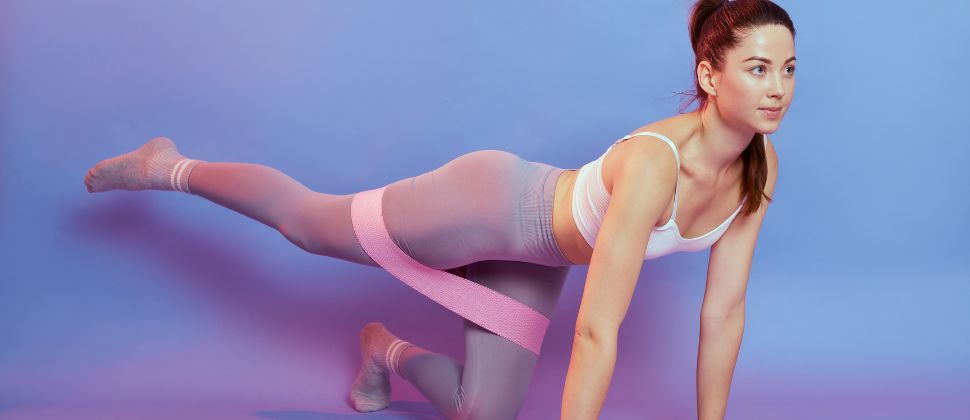
Resistance bands can be used to perform a variety of exercises that can improve strength and flexibility. It is an ideal method to incorporate balance and strength exercises into your routine. They are simple to use at home or while traveling because they are lightweight and portable. Resistance bands can be modified for people with limited mobility and can be used while sitting or lying down. They can also be used to target specific muscle groups and can be a great addition to strength training in your daily life. Resistance bands can be used as a substitute for dumbbells to execute a range of workouts while seated, including shoulder presses and bicep curls.
Exercises for People with Disability, Injuries, and Obesity
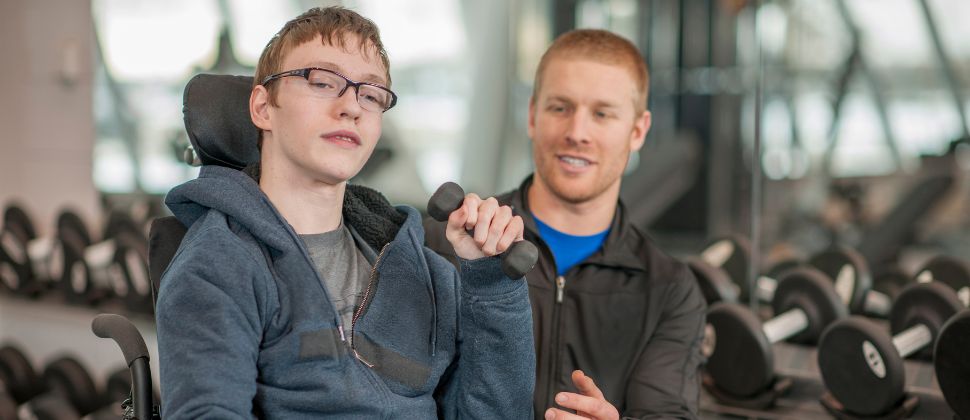
Try workouts that work on your lower body if you have an injury or disability in your upper body. You can utilize leg presses or recumbent bikes as lower body-focused exercise tools. Additionally, a number of lower body workouts, such as sit-to-stand and kneel-to-stand, can be done without any special equipment. So you can think about incorporating them into your normal fitness routine. Similarly, you should concentrate on your upper body if you are limited to a wheelchair.
There are numerous health clubs and swimming pools that provide wheelchair users with therapeutic sessions. Depending on your level of Mobility, you can also think about taking water aerobics. For wheelchair-bound people who are searching for a bit more challenging option, there are various wheelchair sports accessible, including softball, rugby, and more.
Additionally, if you are struggling with low mobility due to weight and are unsure of where to start with your exercises, think about taking up weight training exercises. By burning more calories, weight training exercises aid in muscular growth. There are many workouts that people with obesity can perform, including seated ab rotations, biceps curls, and cardio machine workouts like the portable cycle or recumbent bike. Since water aerobics training methods are low-impact, you can include them in your everyday exercise regimen.
Why is Exercise Crucial & Can You Begin Right Away?
There is no denying that exercise is important for many reasons. Exercise increases longevity, improves flexibility, and helps you maintain a healthy weight. Exercise has benefits that go beyond health, such as enhancing life quality and promoting self-confidence. Additionally, if you are considering starting right away, it is advised to first get medical approval from your doctor. Exercise is crucial, but without adequate planning and guidance, the risk of injury will only rise. Therefore, be careful and get clearance from your doctor before starting any exercise program.
Tips for Starting the Exercise Routine
The key to establishing a fitness regimen is to set small, doable goals and develop them into habits. We’ve provided some advice to help you start and maintain an exercise routine below.
1. Overcome Mental and Emotional Barriers
People with limited mobility just not only face physical limitations but also experience emotional barriers. This may be made worse if a person has a specific physical impairment or injury. The first thing you must do is to overcome those past emotional obstacles. Instead of mourning about your circumstances, you should concentrate on your skills.
2. Begin Slowly and Gradually
When beginning an exercise routine, it’s important to start out slowly. Start with a workout you’ll love and do it at your own pace. Keep your objectives reasonable, setting them too high will simply make them more difficult for you to manage. Gradually increasing the level of workout will keep you motivated and help you get closer to reaching your fitness goal.
3. Stick with It
Exercising takes time to develop into a habit. You can make a list of your goals and place them nearby where they will be seen in order to keep yourself motivated. Try focusing on short-term goals and pick an activity you can enjoy. It will be much simpler for you to stick to the exercise if you enjoy what you’re doing. While working out, you can also enjoy listening to music, podcasts, or watching your favorite show.
4. There will be Ups and Downs
When you miss a few days of your fitness routine, it’s normal to feel disheartened. You can always start over, just gradually regain your previous momentum. It doesn’t matter how long you’ve missed your regimen, you can always restart it rather than quitting it altogether.
Stay Safe while Exercising
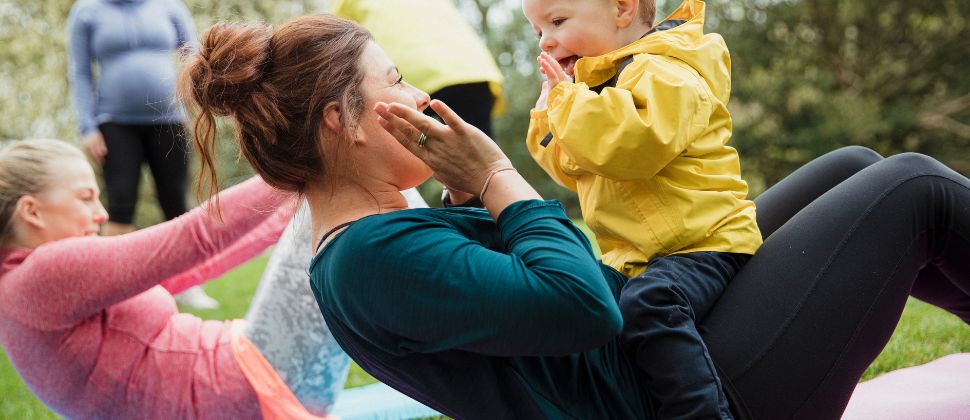
Before beginning any workout or training program for those with restricted ability, regardless of whether you have an injury, a disability, or are obese, it is crucial to speak with your doctor. Your doctor will be able to provide you with more specific information about the kinds of activities you should engage in and how particular medications will affect them. Staying hydrated is the first and most crucial thing to remember while completing any workout. Make sure to dress comfortably and select shoes that don’t limit your movement. Exercise shouldn’t be done in a region where there is an injury in your body. Additionally, discontinue exercising if you get any symptoms like pain, drowsiness, shortness of breath, nausea, etc. Remember, do not overdo your workout in an effort to see results faster because doing so will simply increase your risk of getting injured.
Conclusion
Even if you have restricted mobility, you can still benefit from exercise. You should work towards developing an exercise program as soon as your doctor gives you the clearance to work out. These workouts will aid in your strength development and general health improvement. It is strongly advised that you carry out these exercises with the people around you such as family or friends. There is also the option available of a home care provider to attend to you if you live alone. You can also involve your friend to join you in the workout and make it even more enjoyable and fun. Additionally, in any case, don’t let a lack of movement keep you from maintaining an active lifestyle.



